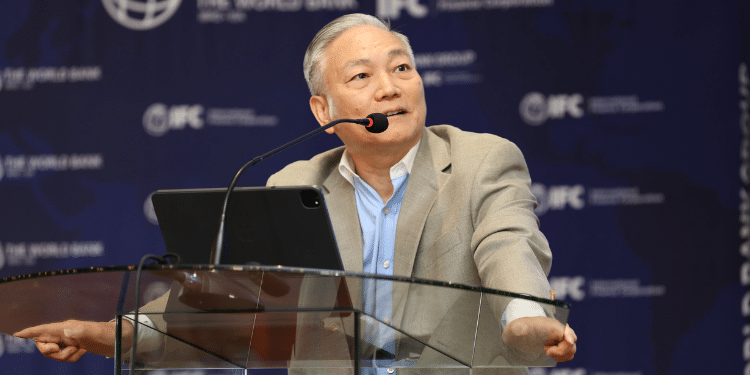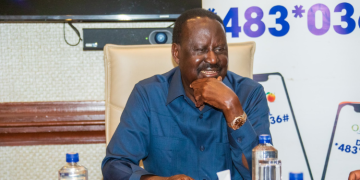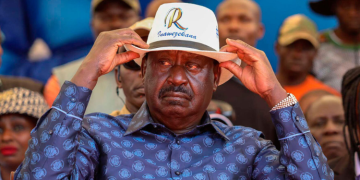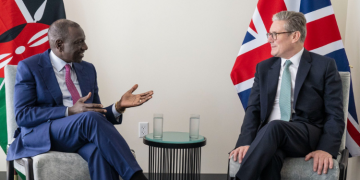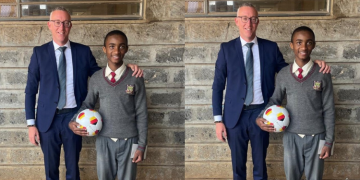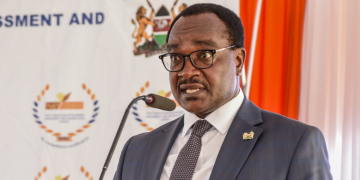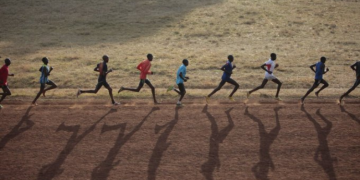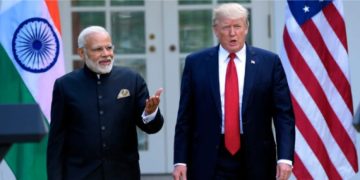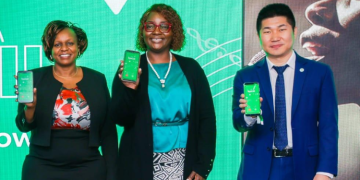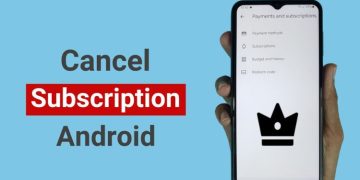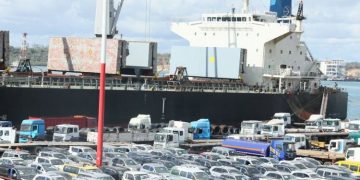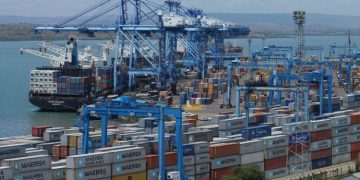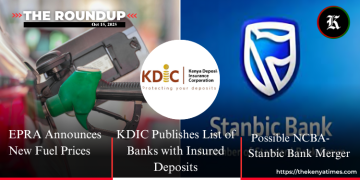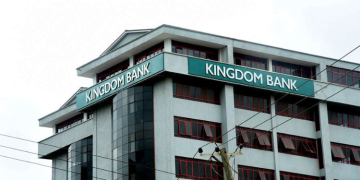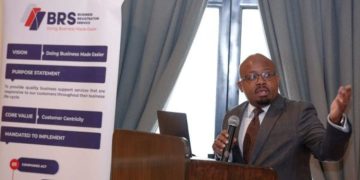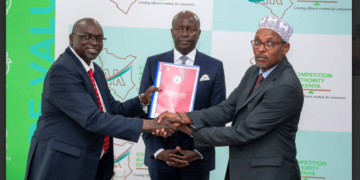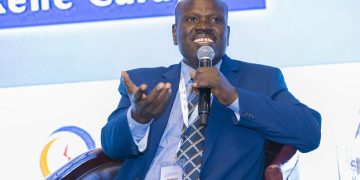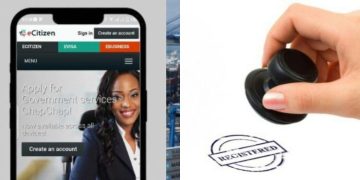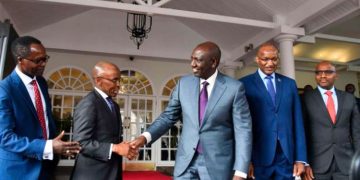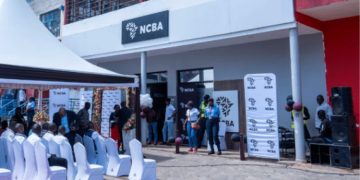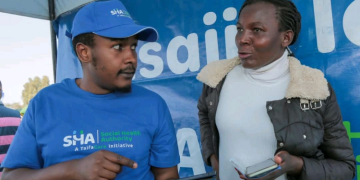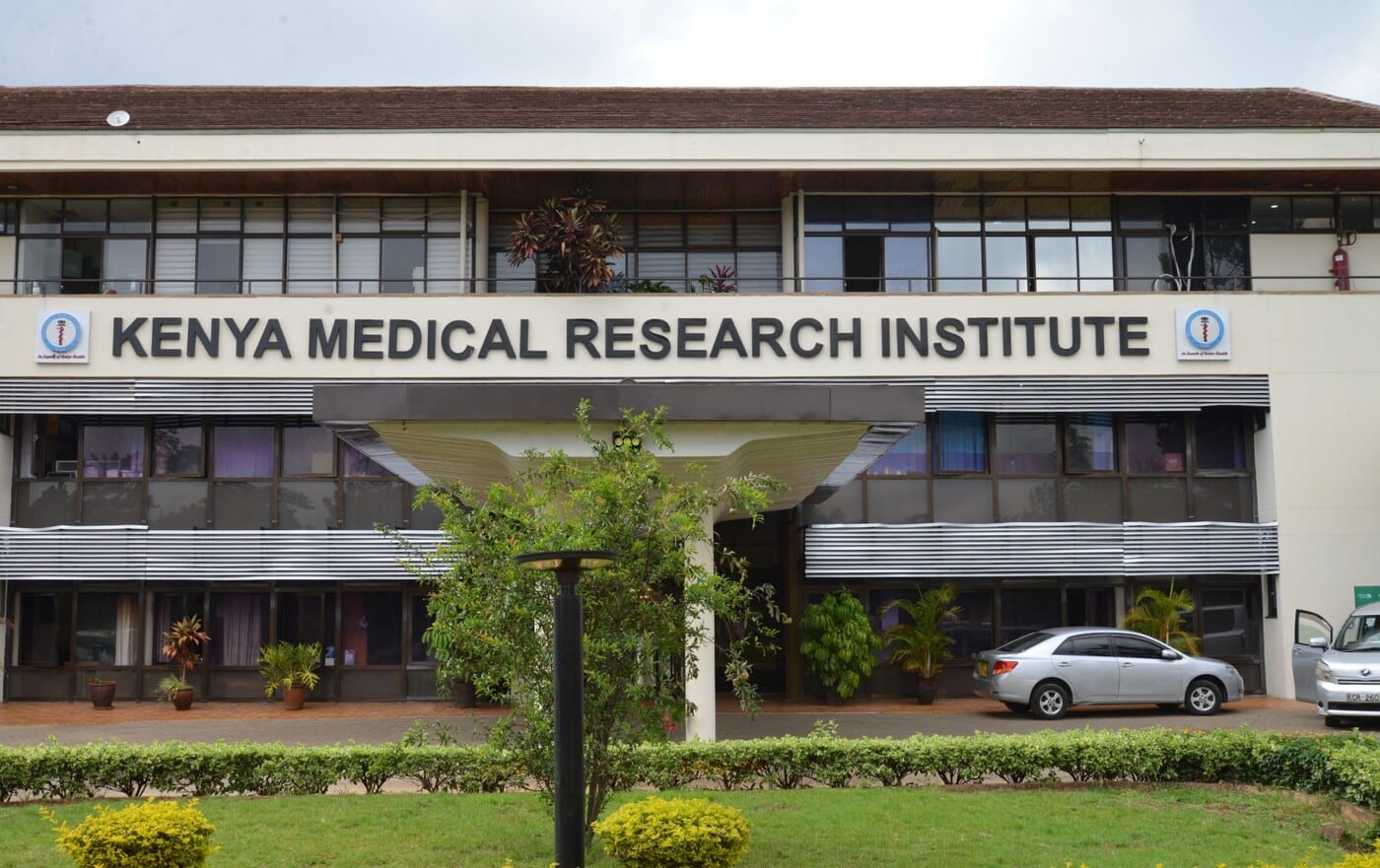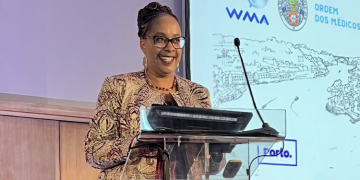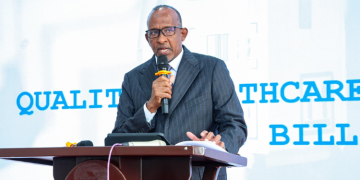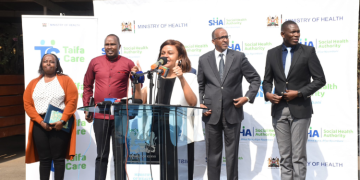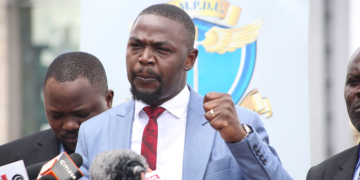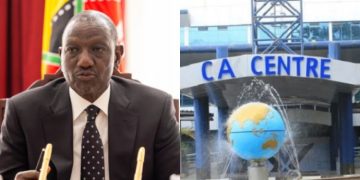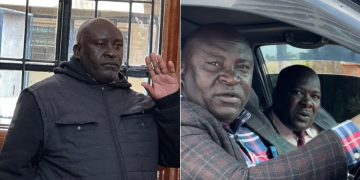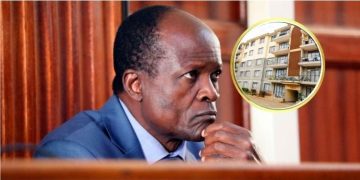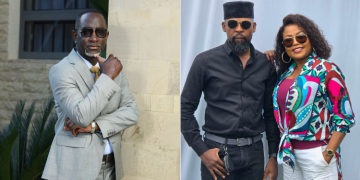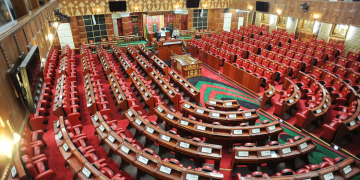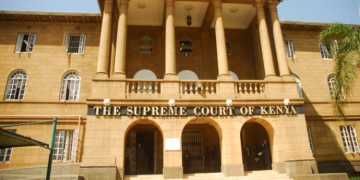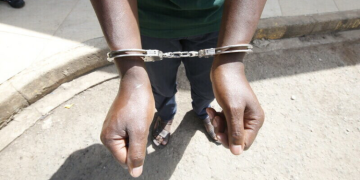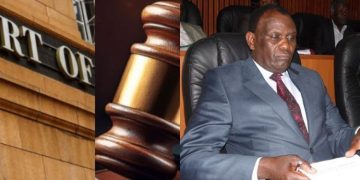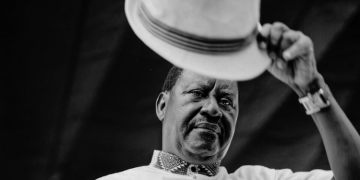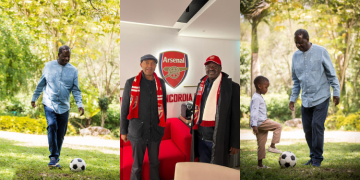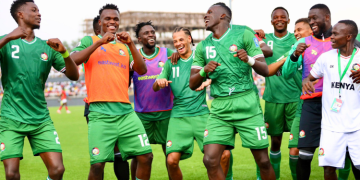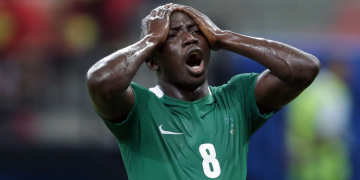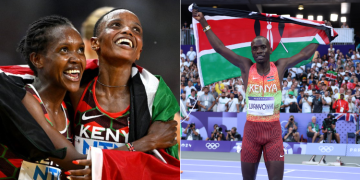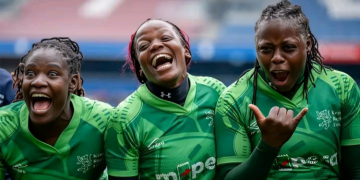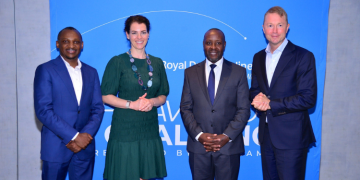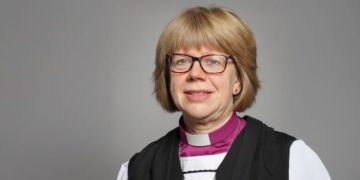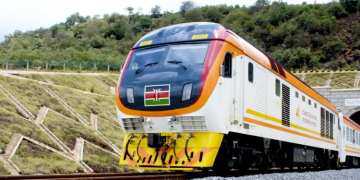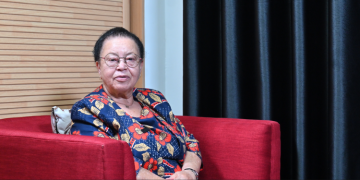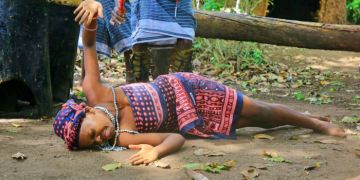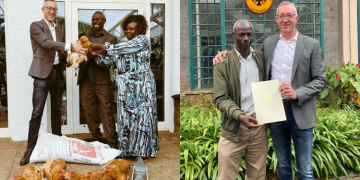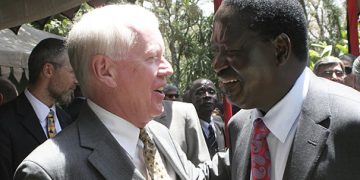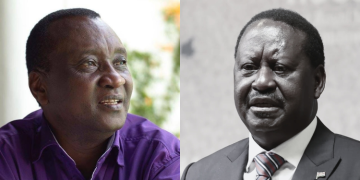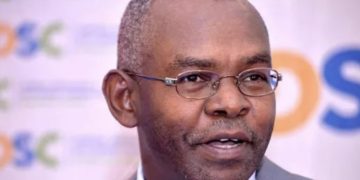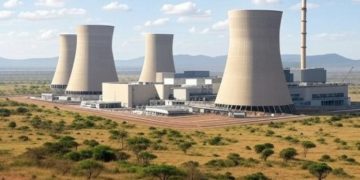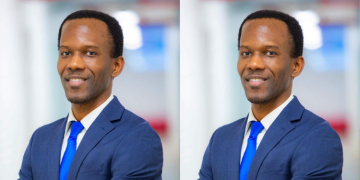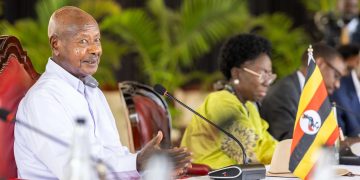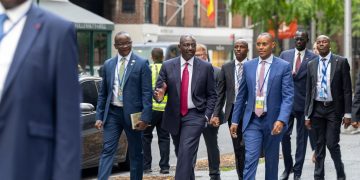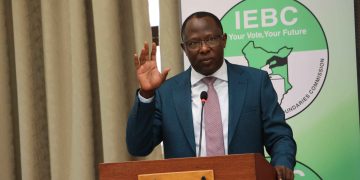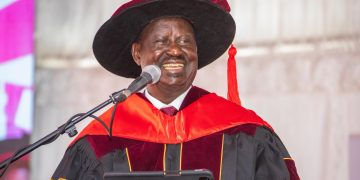The World Bank has dismissed claims of secretly issuing loans to Kenya, stating that all financial agreements with the country are publicly available.
Speaking in an interview with Nation Fm, World Bank Country Director for Kenya, Qimiao Fan, stated that the terms, conditions, and intended use of every loan are transparently disclosed on its website.
“Every single penny, every cent of loans we make to Kenya is made public. All the terms and durations of those loans are on our website. There’s nothing that’s opaque about World Bank financing to Kenya,” he said.
He noted that since Kenya joined the World Bank in 1964, the country has received about $25 billion (Ksh 3.24 trillion) in loans, low-interest or zero-interest credits, and grants.
“The financing provided by the World Bank to Kenya is the best you can get from anywhere,” he added.
“These are loans made to invest in Kenya’s long-term development, in education, healthcare, energy, agriculture, and transport.”
He added that the loans and grants provided to Kenya are primarily intended for investment in the country’s long-term development.
World Bank Outlines Three Types of Loans Issued to Kenya
According to Fan, the World Bank has three main types of financing instruments which include the Investment Project Financing.
This type of funding supports specific projects, such as those in education.
“We have helped build over 30,000 classrooms and thousands of kilometers of paved roads. We have also financed infrastructure like hydropower on the Tana River,” he said.
Fan noted that Kenya has one of the highest shares of green energy, largely geothermal, which accounts for around 45% of the country’s energy mix.
“The World Bank has supported about half of that geothermal capacity,” he added.
Also Read: KRA Announces New Interest Rates for Employee and Company Loans
The second type of financing is Program-for-Results (PforR)—a results-based loan instrument.
Fan explained that the World Bank disburses funds only when agreed-upon results are achieved.
“We may provide a $450 million loan for education, and the government must show results—like increased enrollment, better retention, and improved learning outcomes,” he said.
“Whenever you achieve these results, you can then send an application to withdraw that money from us.”
The third type of World Bank financing is Development Policy Financing, often referred to as budget support.
This form of financing is designed to support policy and institutional reforms initiated by the government.
In this model, the government outlines a reform agenda—such as addressing debt issues, improving public financial management, or implementing systems like a Treasury Single Account and e-government procurement.
The World Bank then provides funding based on “prior actions”—specific policy steps the government must complete before the funds are disbursed.
Also Read: Govt in Partnership with World Bank Announces Internship Opportunities
How the World Bank Decides Which Projects to Fund in Kenya
In response to whether the World Bank identifies projects for funding or if the Kenyan government initiates the request, Fan clarified that it’s a joint process guided by data and development priorities.
He explained that the World Bank begins with extensive analytical work to understand Kenya’s economic situation, challenges, and investment needs.
These findings are then discussed with the government, which has its own development strategy.
From there, the government identifies areas where it seeks support—such as education, health, energy, or transport.
The World Bank then assesses whether it has the expertise and resources to support those areas.
Only projects that align with both the country’s priorities and the World Bank’s comparative strengths are considered for funding.
However, Fan noted that the institution cannot support every government priority due to financial and operational limitations.
He emphasized that project selection is ultimately based on the overlap between the government’s priorities and the World Bank’s strengths.
“Everything we support must be a priority for the country. But that doesn’t mean we support every single priority, because we don’t have the capacity to finance them all,” he said.
“We focus on a subset—those areas where we have the comparative advantage and the financial resources to support.
Follow our WhatsApp Channel and X Account for real-time news updates.
